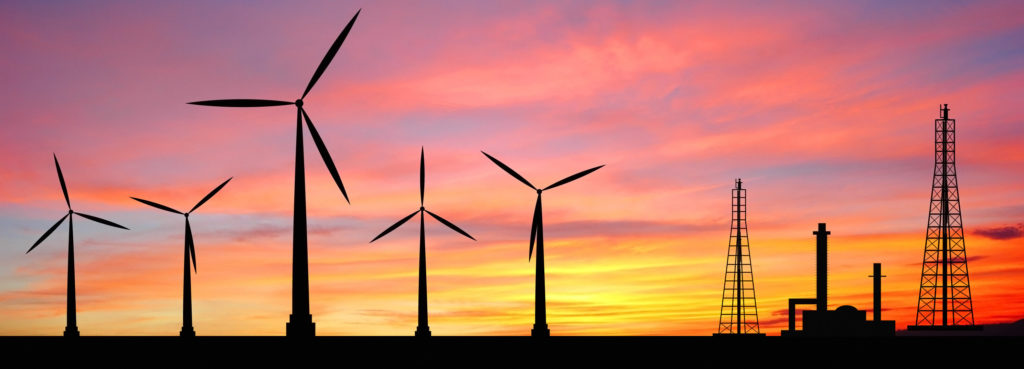
In today’s talking points: Melbourne plans to build a new gas import terminal; Tesla officially opened its first electrical vehicle showroom in Queensland; Inner Mongolia’s economic development evolves from mining alone to a diverse economic structure; Two Chinese energy giants might merger.
New gas import terminal in Melbourne
Australia’s rising gas prices are causing locals to pay much more than their customers in Asia. As a result, AGL’s plans to build a $250m LNG import terminal in the south of Melbourne. Claiming by expanding their gas market to a global scale, it would help ease the tight supply in Australia.
Many argued saying with Australia already as one of the world’s biggest gas exporters, importing gas into the country is preposterous. The real issue was that there is lack of monitoring from the federal government’s part, with no working gas reservation policy and regulation of prices.
Read more at: The Guardian
Tesla arrives Queensland
Tesla officially opened its first electrical vehicle showroom in the Fortitude Valley of Queensland on the 10th of August, 2017. Their first store opening in the Sunshine State.The opening is complimented by the Brisbane Supercharger service, the route is completed from Ballarat, Victoria to Brisbane, later this year they would expand to Gympie as well.The new store is opened with hopes to encourage investment in electrical vehicle developments in Queensland. It follows on from the earlier announcement of the state’s Electric Super Highway.
And for those who are not ready to splurge on Teslar’s vehicles, they can take advantage of Tesla’s home battery system – Powerwall 2 battery.
Read more at: Energy Matters
From mining to a diverse economic structure: Inner Mongolia’s economic development
Inner Mongolia used to be heavily reliant on mineral resource exploitation, coal in particular. Nowadays, its economic structure has diversified from that single focus to embrace new energy, big data and cloud computing, and e-commerce. The region has the largest integrated wind power grid in China, with a capacity of 26.1 million kilowatts. Benefiting from strong electricity power supply at a low price and a cool climate for storing servers, Inner Mongolia has set a goal of building the largest data center in North China, and expects to have more than 3 million servers in use over the next three to five years. For e-commerce, transactions reached 322.36 billion yuan last year, more than doubled that of the previous year.
Read more at: China Daily
Two Chinese energy giants might merger
Two of China’s largest state power generators, Guodian and Shenhua, have submitted merger plans to to China’s State Council for approval. Once approved, the resulting entity would become the world’s largest utility provider by capacity, enjoying unparalleled negotiating powers with state coal and power firms. Both Shenhua and Guodian will benefit from the merger since the former currently derives about 90 per cent of its power capacity from coal-fired power, while the latter has invested heavily into hydropower, wind power and solar. The merger will allow Shenhua to improve its coal-heavy capacity mix, by diversifying into clean energy.
Read more at: Power Engineering International
